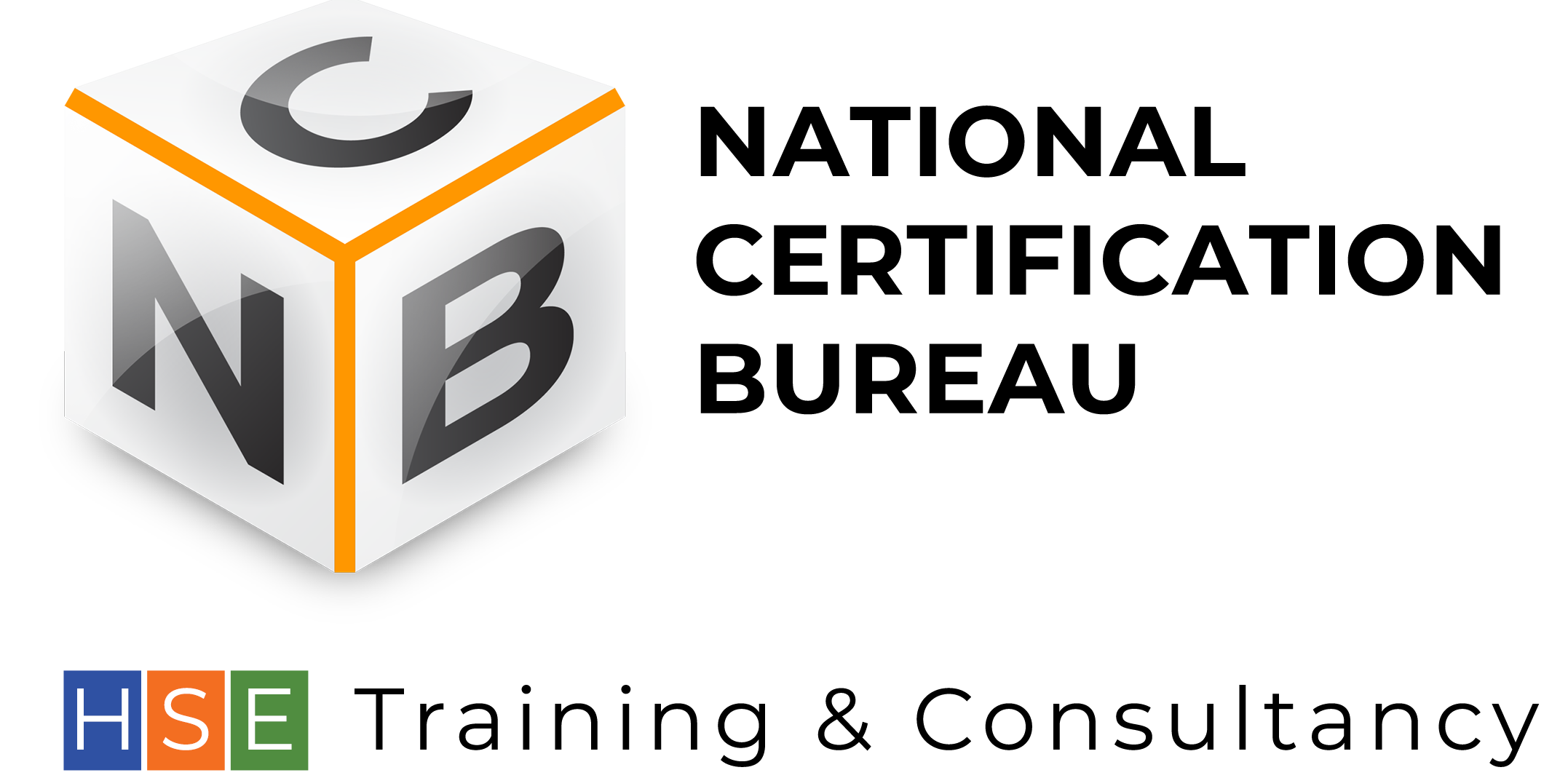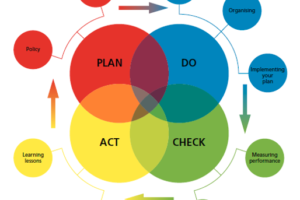
Six Ways To Improve Workplace Safety
Companies have a responsibility to their employees to meet their changing requirements as the business grows. This includes making sure employees are safe at work.
Maintaining a safe and healthy workplace is critical to the well-being of all employees. This can be accomplished by informing workers of their rights and providing them with training on handling workplace conflicts. Having a policy in place to deal with bullying or harassment and a system in place to handle accidents and injuries is also necessary.
There should be a first aid kit and fire extinguishers readily available in the event of an accident or injury on the job so that anyone who is harmed receives prompt care and the incident has minimal if any, long-term impact on the company.
To ensure a seamless operation even when things don’t go as planned, it’s also crucial for businesses to have a strategy in place in the event of an accident.
Here are the 6 ways to make your workplace safer
- Train Your People
To help you get through a disaster, you can have the best safety tools, medical supplies, and backup systems available. If your staff isn’t prepared to respond when calamity strikes, everything else is for naught. To ensure the safety of your workforce and get the most out of them, provide them with the health and safety training they need.
Now is the time to begin teaching staff members what to do in the event of an emergency if you haven’t previously. Understanding what to do in a dangerous situation can make all the difference. In an emergency, workers can respond quickly without panicking or making mistakes that could have fatal consequences if they are not informed of the proper procedures to follow.
By teaching workers how to safely evacuate buildings in the event of a fire or explosion, using fire extinguishers when necessary, donning protective gear when needed, etc., safety training can help avoid injuries and save lives. Employees should also be instructed on what to do in an emergency, including how to treat themselves and each other in the moments after an injury (such as broken bones or burns) and before medical help arrives (such as placing ice packs over wounds).
Employee training programs should include instructions on safely dealing with hazardous materials (such as chemical spills).
- Inspect Your Workplace
Although we all take workplace safety seriously, it is easy to become preoccupied with our tasks and forget about the risks that may be there.
In matters of security, it’s not all about you. This is about the folks you work with and anyone who might stop by your office. That’s why they won’t be able to do it either if it’s not safe for you to do it.
It’s easy to lose track of your surroundings if you’re preoccupied with the task at hand. This is why it is crucial to conduct regular safety checks in the workplace and document any issues that are found. When inspecting something, it’s easy to lose track of what you’ve already checked and what has to be rechecked; therefore, keeping a list and a schedule is helpful.
- Investigate Incidents
Any time someone is wounded or at risk of being hurt is considered an incident. It’s also called an accident or a hazard sometimes. It’s important to be ready to conduct an inquiry into workplace occurrences. The key to a safe and accident-free workplace is having a strategy in place.
Any occurrence that results in injury or property damage, a near miss (when someone almost gets hurt but doesn’t), or may have resulted in an injury if the required precautions weren’t taken should be looked into. The goal of investigating a traumatic event is straightforward: to prevent a recurrence. It is essential to collect as much data as possible following an incident to determine what went wrong and how to avoid it from happening again.
The reporting party themselves should typically look into an occurrence. However, suppose the manager and the person who reported the injury are both inexperienced. In that case, it may make sense for the more seasoned team member to take over the investigation. However, before beginning their investigation, they should contact the first one.
- Maintain Records
Inspections and certificates don’t mean much if you don’t keep track of them. Implement a tracking system so you have a 360-degree view of all safety-related matters at any point in time.
It’s simple to misplace your safety papers, but you mustn’t do. You must constantly know where everything is. If something goes wrong and you need to retrieve an inspection report or proof of certification, you shouldn’t have to go through stacks of papers to obtain it.
The best way to keep track of all your safety documents is through an online document management system (DMS). You can store everything from OSHA-approved training records to safety certifications and even photos of the facility on this platform—and then access it whenever you need it.
- Have A Health And Safety Plan In Place
Establish a health and safety strategy for your business and ensure that your employees are aware of it. You may believe that you are too little to require one, but trust us: every workplace has its hazards, so be aware of yours and plan for an emergency. Document the strategy and make sure your team is aware of it.
Consider your business in its entirety: what may go wrong? What would be the worst-case scenario? What would occur if something went wrong? What would you say? When developing a health and safety plan, it is essential to ask yourself these questions.
Remember that if something negative occurs in your organization, you will need to be able to demonstrate that you took procedures to prevent it and that you notified your employees. A solid safety plan will aid in this endeavor!
- Check Your Equipment
If your employees need personal protective equipment (PPE), their gear must be inspected for safety and dependability. Numerous producers of PPE now make it simple to track inspections using industry-standard platforms like Paper trail.
You can establish a checklist and allocate it to each employee, who will conduct the inspection and record their findings into the system. This will allow you to see at a glance if all of your equipment is in good shape and provide data that might assist you in discovering specific problems.
You may want to construct separate checklists for different types of PPE, such as hard hats and respirators so that workers can focus on their tasks without being distracted by the number of missing pairs of gloves in the supply room.


